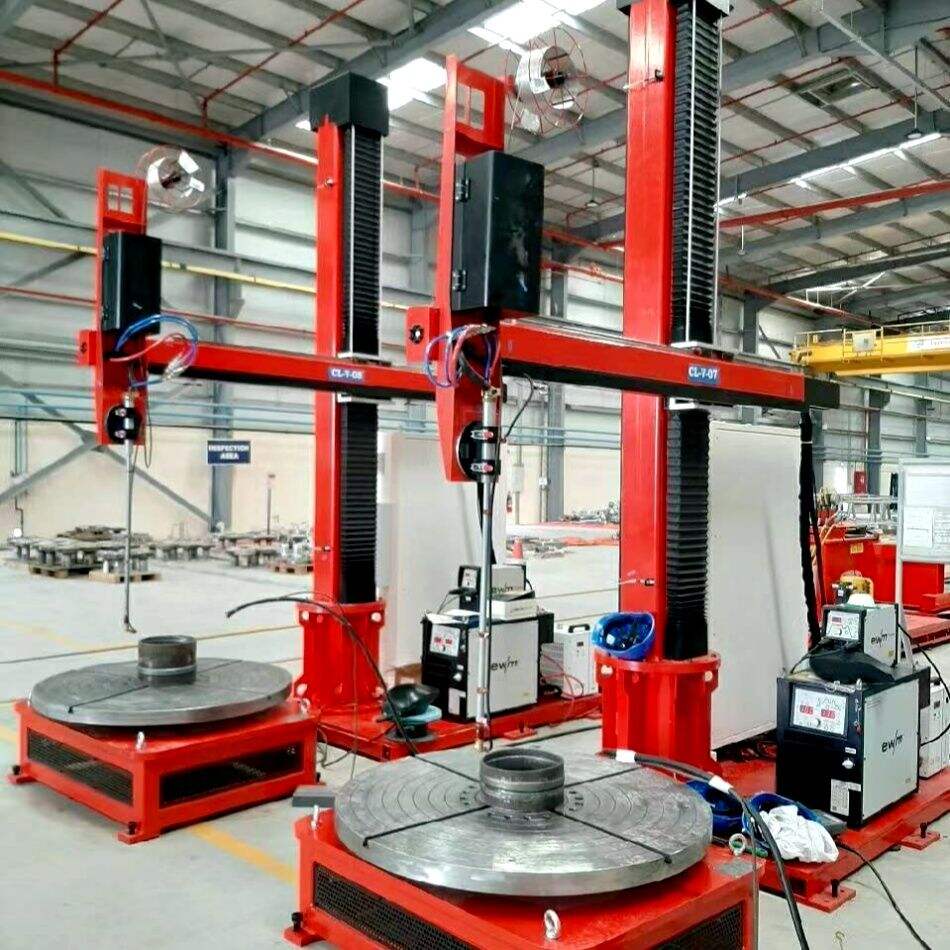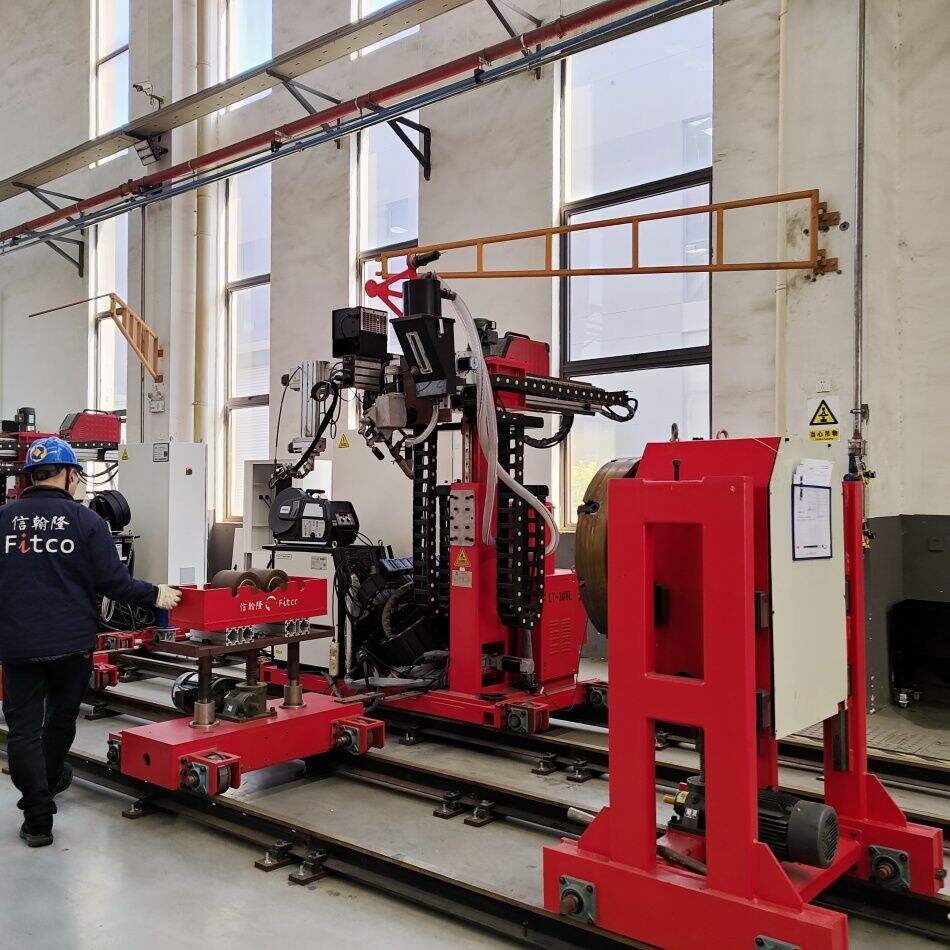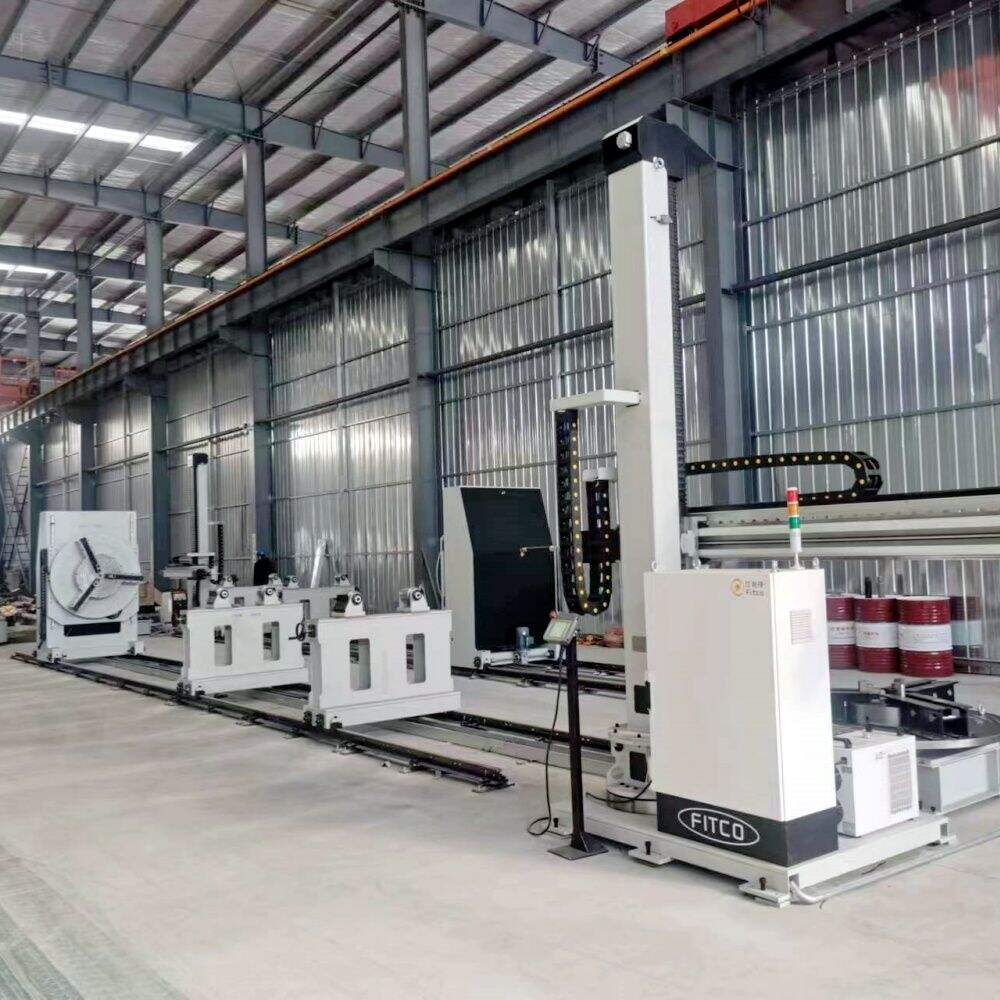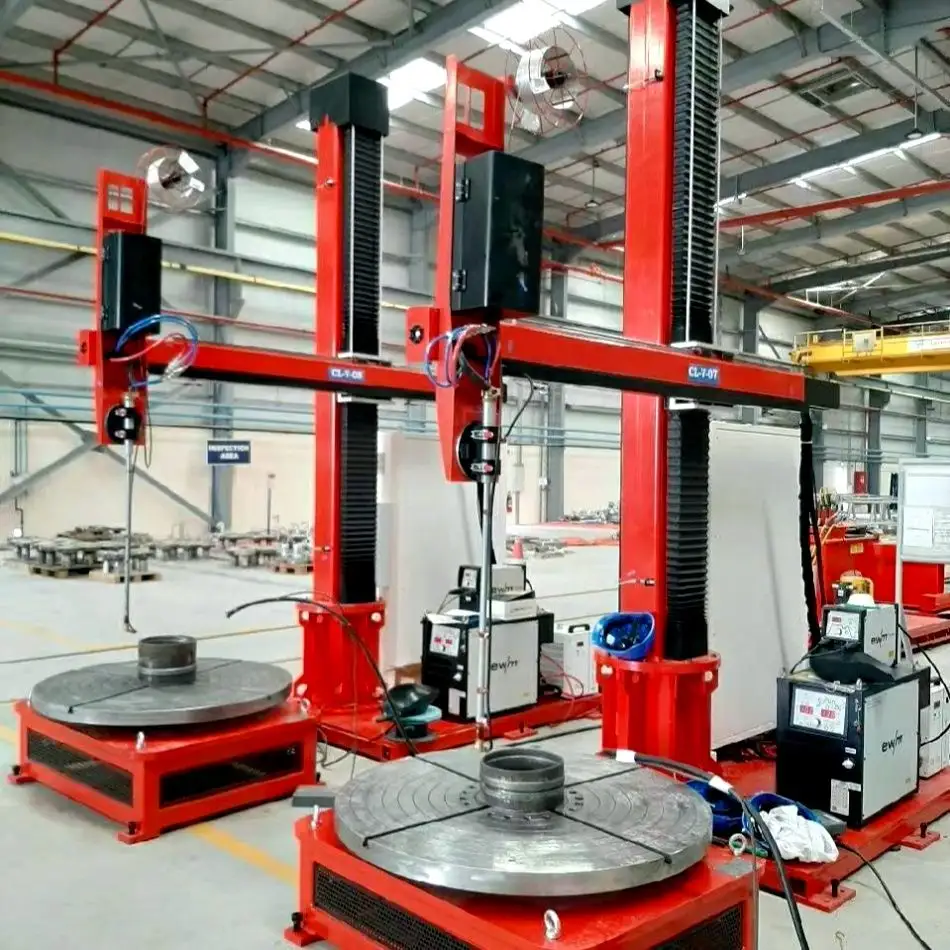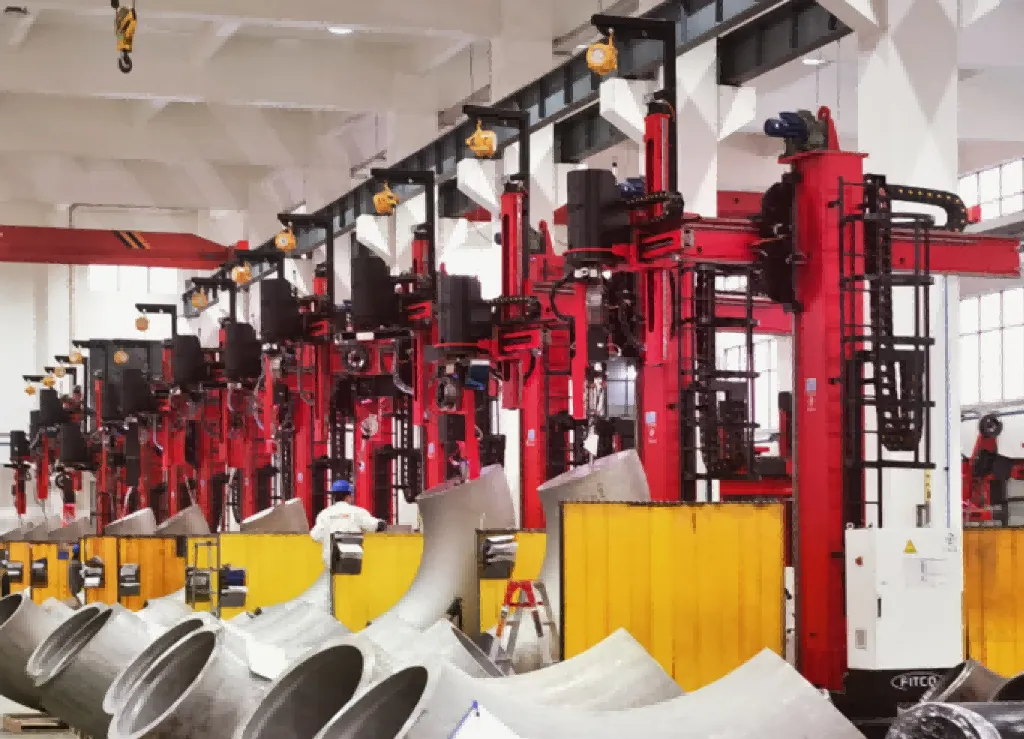weld overlay cladding system
Weld overlay cladding systems represent a cutting-edge solution in surface engineering, designed to enhance the performance and longevity of industrial components. This advanced process involves depositing a layer of specialized material onto a base metal substrate through precise welding techniques. The system utilizes sophisticated automation and control mechanisms to ensure uniform coverage and optimal metallurgical bonding. The primary function of weld overlay cladding is to provide superior corrosion resistance, wear protection, and thermal barrier properties to critical equipment surfaces. The technology employs various welding methods, including Gas Metal Arc Welding (GMAW), Plasma Transferred Arc (PTA), and Submerged Arc Welding (SAW), each selected based on specific application requirements. The system can accommodate a wide range of cladding materials, from stainless steels to nickel-based alloys and chromium carbides, offering versatility across different industrial applications. In the oil and gas sector, these systems protect vital components from aggressive environments, while in power generation, they enhance the durability of boiler tubes and pressure vessels. The process ensures a metallurgical bond between the base material and the overlay, resulting in superior adhesion compared to traditional coating methods.

 EN
EN
 AR
AR BG
BG HR
HR CS
CS DA
DA NL
NL FI
FI FR
FR DE
DE EL
EL HI
HI IT
IT JA
JA KO
KO NO
NO PL
PL PT
PT RO
RO RU
RU ES
ES SV
SV TL
TL IW
IW ID
ID LT
LT UK
UK SQ
SQ HU
HU TH
TH TR
TR FA
FA AF
AF CY
CY MK
MK LA
LA MN
MN KK
KK UZ
UZ KY
KY